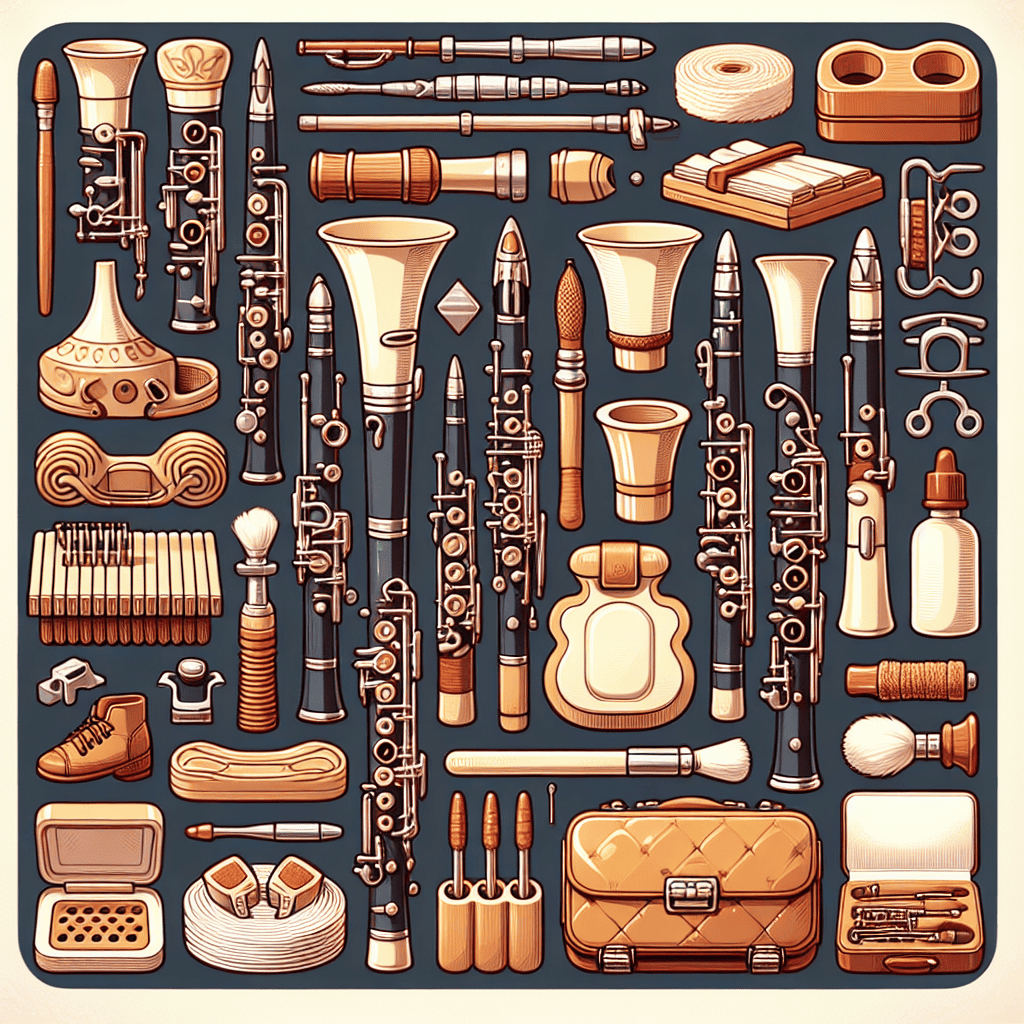Introduction to Clarinet Case Handle Types
Clarinet case handle types might not be the first thing on a player's mind. However, having a solid grip on the different clarinet case handle types can make your travels more comfortable and safe. Whether you're hauling your clarinet to a gig, a lesson, or a friend's house, the handle is your lifeline. A well-designed handle not only protects your instrument but also makes life easier for you.
There are several types of handles available, each with its own pros and cons. Some are sturdier, while others prioritize comfort. Let's explore a few of these styles and what they bring to the table.
Types of Clarinet Case Handles
| Handle Type | Key Features | Best For |
|---|---|---|
| Molded Handles | Durable, built into case structure | Professional models, longer transport |
| Padded Handles | Comfortable, cushioned grip | Long treks, frequent use |
| Adjustable Handles | Customizable height/position | Players needing specific handle heights |
| Shoulder Straps | Cross-body transport, versatile | Long journeys, multiple instrument carriers |
| Telescoping Handles | Extendable, wheel-compatible | Frequent travelers, gig performers |
1. Molded Handles
Molded handles are often found on hard cases, like those you'd find for professional models. They're built into the case structure, which provides durability. Their shape is typically contoured to fit the hand comfortably, making it a great choice for longer transport times. You can carry your Martin Freres clarinet with confidence knowing it's secure while you appreciate its beautiful design.
2. Padded Handles
If you prefer carrying your clarinet without fear of discomfort, consider padded handles. Padding can come in various materials, like foam or leather, and it provides a cushion when you grip the handle. This is especially useful on long treks or musical adventures through different venues. Some brands even offer removable padded handles for added versatility.
3. Adjustable Handles
Adjustable handles are gaining popularity. They allow players to customize the height or position of the handle. These are particularly beneficial for those who find traditional handles either too low or too high. Plus, they can often be locked into place when set to your liking. You can give your clarinet the best protection while ensuring you're comfortable as you carry it.
4. Shoulder Straps
While technically not a handle, shoulder straps are often paired with handles for added convenience. They allow for cross-body transport, which can alleviate pressure on your back during long journeys. Many clarinetists appreciate the dual options for carrying their instruments. Shoulder straps can attach to cases in different ways, providing flexibility. Even in a busy music hall, this design can help you move quickly from one performance to the next.
5. Telescoping Handles
Want to wheel your case around? Telescoping handles are a great solution. These handles pull out and extend, letting you roll your case like luggage! If you're traveling from one venue to another or juggling equipment for a big gig, these handles take a lot of weight off your shoulders. It's a practical way to move your Martin Freres clarinet without compromising on safety.
Choosing the Right Handle
When selecting a handle, consider your own playing habits and where you'll be traveling. The best handle is one that meets your needs and fits well with your lifestyle.
Handle Maintenance
Now that you know the types of handles, let's talk about maintenance. Taking care of the handle can ensure its longevity. Regularly check for wear and tear, especially if you use your clarinet frequently. For padded handles, cleaning is straightforward. A damp cloth can effectively remove dirt and sweat. Your aim is to keep everything in good condition while ensuring your clarinet stays in top shape. Investing in quality maintenance now means your clarinet and its case will serve you well in the future.
Conclusion
Paying attention to clarinet case handle types can significantly improve your musical journey. A handle that fits just right could be your unsung hero on the road to mastering your instrument! So next time you head to the stage or walk into the practice room, think about how that handle feels in your hand. And remember, there's always an option that combines style with functionality—just like the clarinets crafted by Martin Freres.







